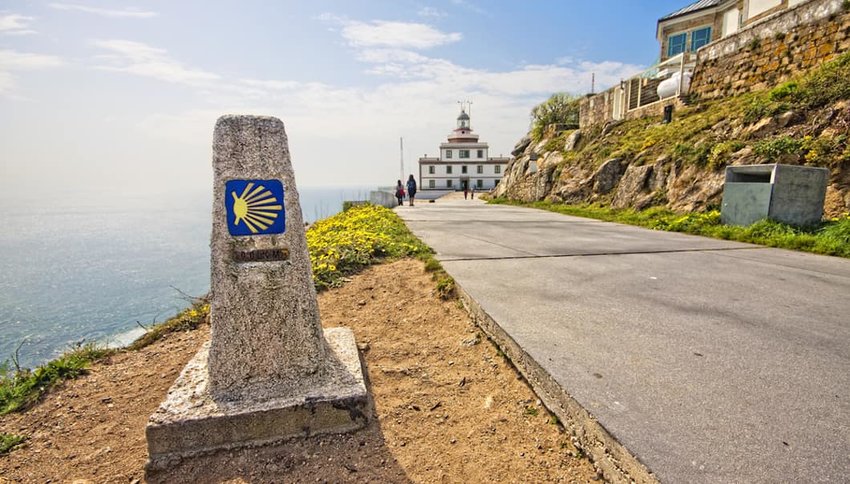In our stressful and hectic 21st-century lives, it can be hard to find “me” time. Even if we do take time off from work, our vacation choices are often characterized by packed schedules that pay more attention to ticking off the must-see sights than they do to our own mental health and spiritual well-being. Perhaps that’s why you should consider these ten pilgrimages. Whether you're a member of a certain religion or not, these journeys can help you reconnect with your spiritual side and show off some spectacular landscapes.
Camino de Santiago - Spain
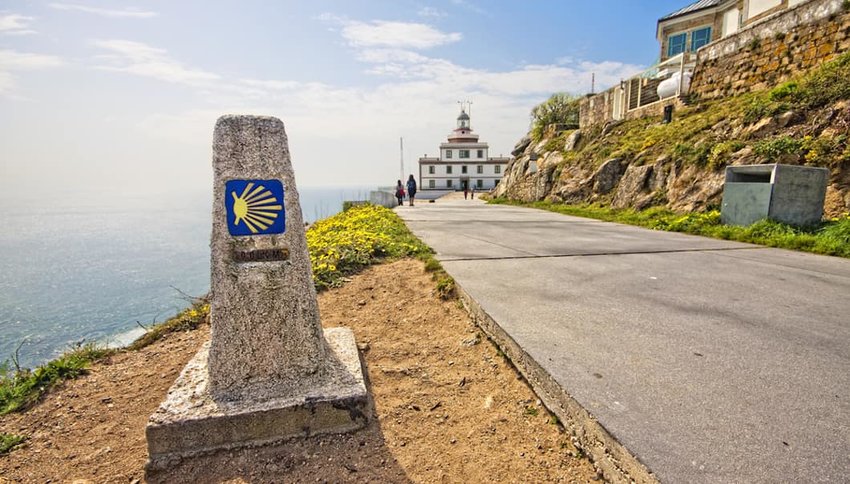
As pilgrimages go, this is the classic. Beginning in Saint-Jean-Pied-de-Port in France, the Camino de Santiago (also known as the Way of St. James or simply "Camino") runs along the northern Spanish coast to Santiago de Compostela, a route that stretches almost 500 miles. That’s over a month’s walk at an average person’s pace, but many dip in and out of the trail to walk certain parts.
The original route, starting from the city of Oviedo, is a more manageable distance. Though the pilgrimage was popular in mediaeval times, its modern day resurgence was encouraged by the support of General Francisco Franco. In 2017, an estimated 300,000 pilgrims and other hikers made the journey in search of religious enlightenment or a spiritual pick-me-up. Purchasing a document called a credencial, a kind of pilgrim’s passport, entitles the bearer to overnight accommodation along the way and a certificate of completion when they reach Santiago de Compostela.
Lourdes and the Chemin du Piémont - France
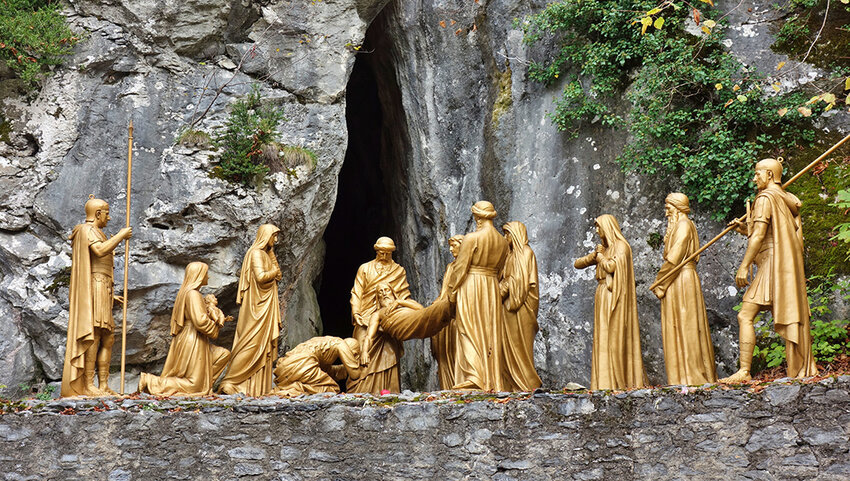
Lourdes has been a pilgrimage site for Catholics since the middle of the 19th century. They believe that in 1858 a young girl named Bernadette Soubirous experienced multiple visions where she was visited by the Virgin Mary. One time, Mary asked Bernadette to drink from the muddy spring at her feet; the next day, miraculously, that water was crystal clear. Bernadette was then instructed to build a chapel on the same spot. Today’s pilgrims participate in a nightly torchlight procession to this sanctuary, where they celebrate mass together and confess their sins at the Reconciliation Chapel.
Though many Catholics choose to travel only to Lourdes, some opt to walk the Chemin du Piémont (Piedmont Route) through the foothills of the Pyrénées to Saint-Jean-Pied-de-Port. The trail winds through shady woodland and farmland before connecting with the Camino Frances, a feeder route that eventually deposits pilgrims at Santiago de Compostela in Spain.
The Path of Gudbrandsdalen - Norway
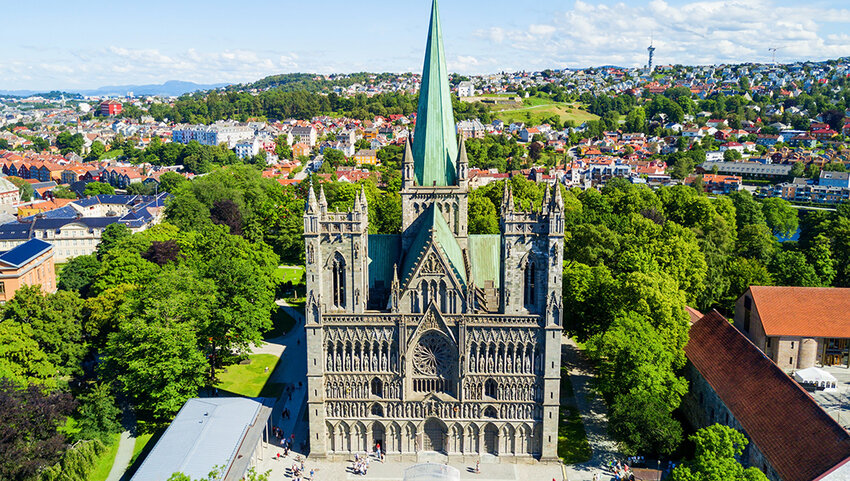
Nine walking routes, collectively known as the St Olav’s Ways, converge on Nidaros Cathedral in the Norwegian city of Trondheim. The Viking king Olav Haraldsson was canonized in the 11th century and his shrine has been the focal point for pilgrims ever since. Originally, they walked to seek healing from pain or forgiveness for sins, but now the paths are seen as the framework for a restorative vacation. The most popular route is also the longest: a 400-mile-long path called Gudbrandsdalsleden (the path of Gudbrandsdalen). It requires at least a month to complete.
Olav was the monarch who converted Norway to Christianity, but these days, Gudbrandsdalsleden is more about immersing yourself in nature, history and culture than religious beliefs. Pilgrims begin at the ruined St Hallvard Cathedral in Oslo, the Norwegian capital. On the way to Trondheim, you’ll rest and recharge in centuries-old farms such as Sygard Grytting, which has offered food and a bed to weary travelers for more than 700 years.
Dajia Mazu - Taiwan
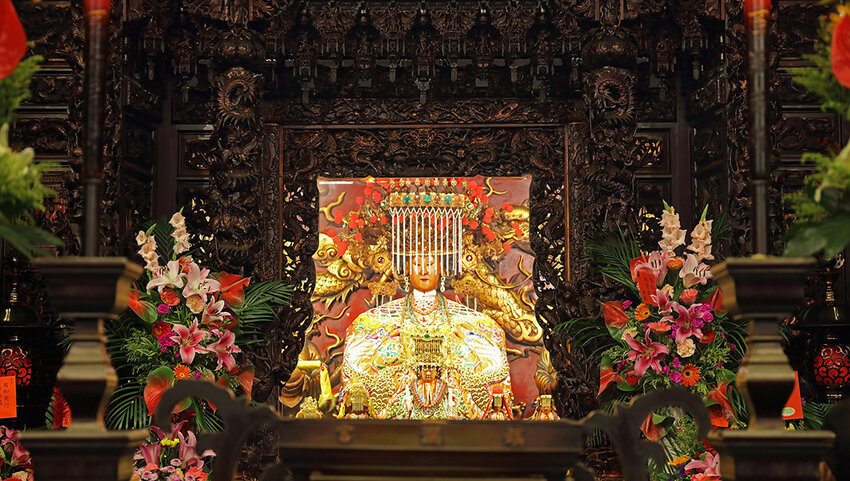
The Dajia Mazu pilgrimage happens as Taiwanese people honor the Taoist sea goddess Mazu. It’s an annual affair, taking place in the third month of the Chinese lunar calendar and lasting for nine days. Eight men carry a figure of Mazu atop a litter along a 211 mile-long route. As it makes its way from Jenn Lann Temple in Dajia, Taichung to Fengtian Temple in Xingang, Chiayi, a crowd of devotees walks alongside it.
The event is cause for celebration and there’s a lot going on during this period. You’ll encounter puppet theater performances, parades of floats, and colorful dragon and lion dances. Once the main procession reaches its destination, a feast is prepared. The faithful burn incense and light firecrackers as they celebrate the successful completion of their task.
The St Magnus Way - United Kingdom
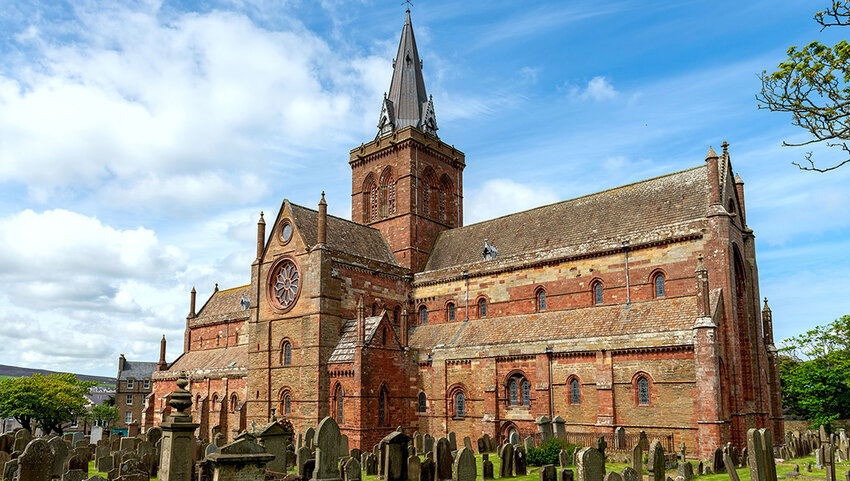
As Earl of Orkney, Magnus Erlendsson had ruled jointly with his brother Paal in the 12th century. He was a pious and gentle man, but was deposed by other chieftains who wanted him out. Soon afterwards, Magnus was martyred on Egilsay. His mother pleaded that he be given a Christian burial in Birsay and her wish was granted. Later, his relics were transferred to Kirkwall Cathedral, where they were interred in a pillar.
Today’s 58-mile pilgrimage trail follows the route that Magnus’ body took as he was carried to his final resting place. Orkney’s varied and often exposed terrain, coupled with wild North Atlantic weather make this a challenging journey to complete. Nevertheless, if you have the steely determination required, it’s a satisfying way to immerse yourself in Orkney’s distant past.
Santuario del Señor de Huanca - Peru

Each year on September 14th, devout worshippers walk for seven hours or more as they make a pilgrimage from Cusco to the Santuario del Señor de Huanca where they revere an image of a bleeding Christ. Once they arrive, they bathe in cleansing water, celebrate mass and seek forgiveness for their sins. They implore the Señor de Huanca to bless people and possessions, buying miniatures known as alasitas that represent the material goods they hope to attain.
The pilgrimage has its origins in the 17th century, when Diego Quispe fled from the mine in which he worked, tired of the working conditions he was forced to endure. He reached a cave called Huanca Rumi where he hid from the men who were pursuing him. As he prayed that he would not be discovered, Christ appeared before him, telling him that he would be spared to act as a messenger for forgiveness and love.
Kumano Kodō - Japan
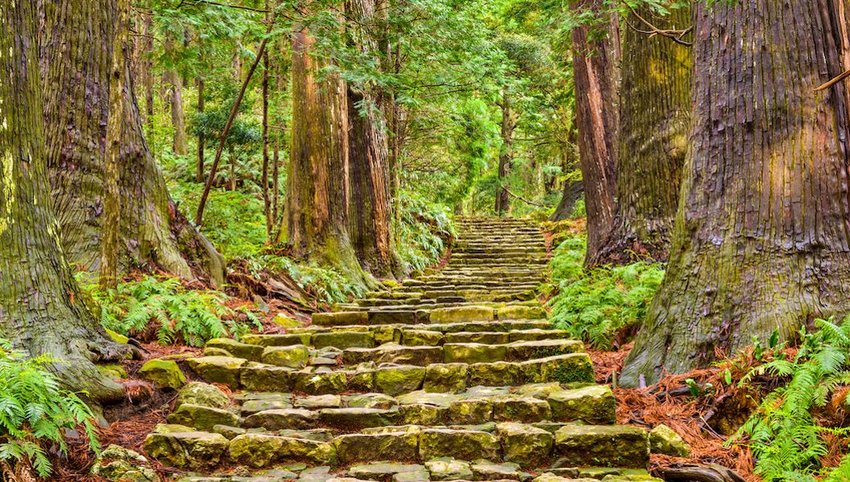
The only other pilgrimage route to be officially recognized by UNESCO, the Kumano Kodo is Japan’s answer to the Camino de Santiago. This network of routes across the mountainous Kii Peninsula leads to Kumano. Hikers follow in the footsteps of emperors and samurai, along paths that are flanked by trees and waterfalls. Traditionally, the Japanese believed that such natural landscapes were gods and as such, they built Buddhist temples and Shinto shrines along the way. The UNESCO-listed section begins at Takijiri-oji. For most, it’s a two-day walk to the Kumano Hongū Taisha, the trail’s grand shrine, with an overnight stop at the Chikatsuyu-oji. Whichever route you take, it’s a stunning journey, particularly in cherry blossom season or when the fall colors kick in.
Via Francigena - Italy
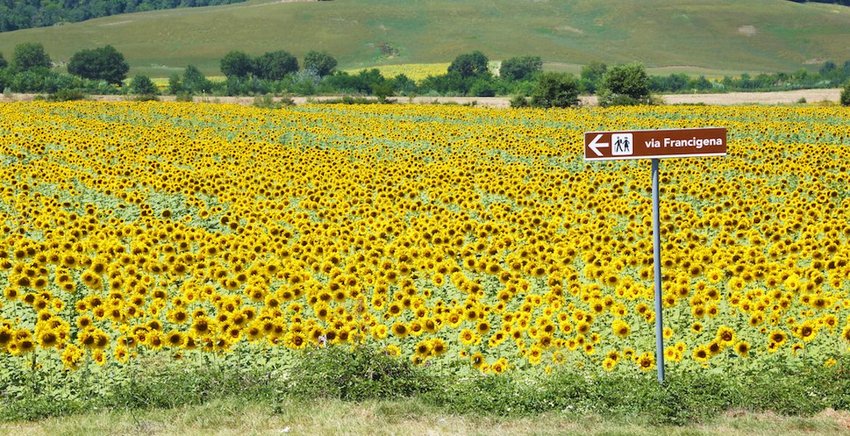
All roads lead to Rome, they say, and the Via Francigena is proof of that. It was the historic route from northern Europe to The Eternal City, on which a stream of pilgrims made their way from Canterbury through France and Switzerland to what’s now Italy. Arguably some of the prettiest sections form a route through Tuscany. Fifteen sections of track dip in and out of some of the region’s most popular tourist sites: Lucca, San Gimignano and Siena for starters. Others are temptingly short, a day’s excursion that winds through woodland or affords breathtaking views of vineyards, fields of sunflowers or olive groves that stretch as far as the horizon. Yes, all roads lead to Rome, but you can be forgiven for wanting to find inner peace before you arrive in the chaotic Italian capital.
Sri Pada or Adam’s Peak - Sri Lanka

Adam’s Peak (known as Sri Pada in the local language) is a mountain in Sri Lanka known for a sacred rock formation at its summit, thought by many locals to be the footprint of the Buddha and thus a popular place of pilgrimage. It’s chronicled from the 4th century; some of history’s most famous travelers, like Marco Polo and Ibn Battuta, paid their own visits many years later. Today, it’s considered a holy place not only by Buddhists but also by Hindus who claim the footprint to be Lord Shiva’s, Muslims and Christians who hold that it’s where Adam took his first step after being thrown out of the Garden of Eden. High season runs from January to April, when you’ll have the best chance of seeing the shadow of the mountain appearing in triangular form on the horizon. Pilgrims set off in darkness and aim to reach the summit by sunrise. To do so, they’ll climb over 5,000 steps, though there are plenty of tea shacks lining the route when refreshments are called for.
Mount Kailash - Tibet

A sacred mountain located in western Tibet, Mt Kailash has religious significance for four faiths. Hindus regard it as a lingam of Shiva, a symbol of divine energy. Buddhists also hold it in high regard; their texts refer to it as the center of the world, as do those of Jains and followers of Bonism, Tibet’s native religion. As pilgrimage treks go, it’s probably the most challenging, but the rewards are great: snowcapped peaks rising above verdant valleys pockmarked by blue lakes. Circuiting the mountain is thought to absolve a person’s sins and a sighting of the summit free of cloud is thought to bring good luck. While locals can achieve one ritual circuit, known as a Kora, in a single day, tourists typically need three. To secure a path to enlightenment you’ll need to allow for 108 circuits – not an undertaking for the faint of heart!

